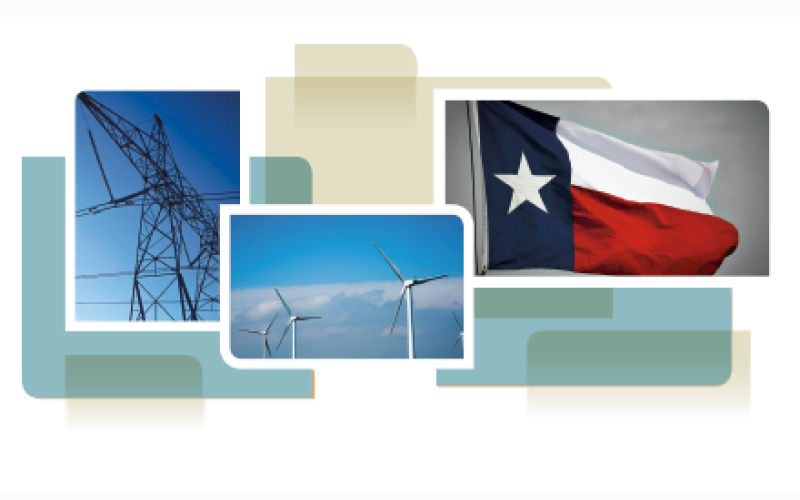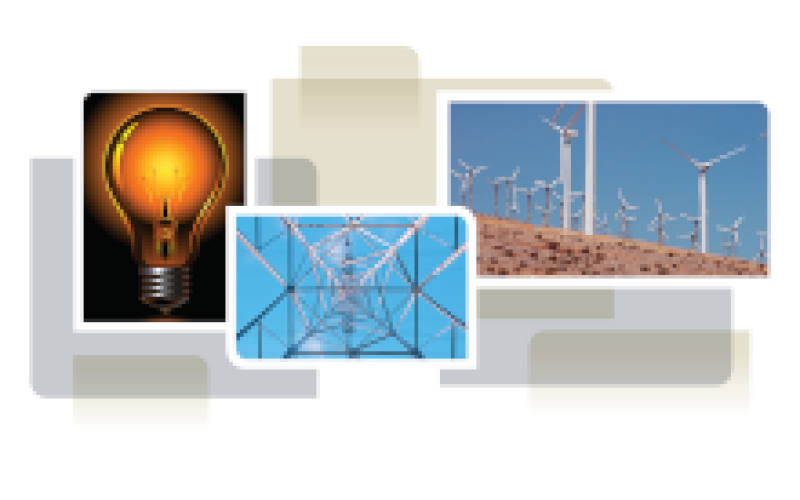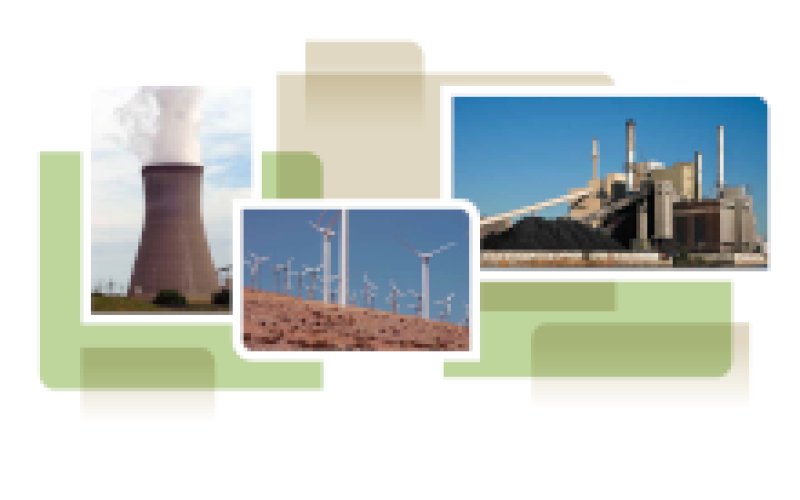
Generation
The Full Cost of Electricity study seeks to quantify the costs associated with different generation technologies, and how those costs interact with the cost of electric delivery, consumption, and to determine the total direct and indirect costs of electricity.
Electricity generation converts primary energy sources such as fossil fuels, wind, or sunlight into electric energy. Historically, and still today, most electricity is generated in thermal power plants, which convert heat from the combustion of fossil fuels or the reaction of nuclear materials into electric energy. Also, a significant portion of electricity is generated using hydroelectric dams, which channel stored water through hydropower turbines. However in recent years, new generation technologies of wind turbines, solar panels, and combustion turbines are a significant proportion of new power plant installations – challenging the historical structure of the electric industry.
Related Energy Institute Publications

Capacity Expansion and Dispatch Modeling: Model Documentation and Results for ERCOT Scenarios

EPA’s Valuation of Environmental Externalities from Electricity Production

Estimation of Transmission Costs for New Generation

Federal Financial Support for Electricity Generation Technologies

Future Utility Business Models

The History and Evolution of the U.S. Electricity Industry

Impact of renewable generation on operational reserves requirements: When more could be less

Integrating Photovoltaic Generation: Cost of Integrating Distributed Photovoltaic Generation to the Utility Distribution Circuits

Market-calibrated Forecasts for Natural Gas Prices

New U.S. Power Costs: by County, with Environmental Externalities
Download a PDF of the full white paper.
Read a related blog post at IEEE Spectrum
Journal Publication:
Rhodes, Joshua D., King, Carey, Gülen, Gürcan, Olmstead, Sheila M., Dyer, James S., Hebner, Robert E., Beach, Fred C., Edgar, Thomas F., Webber, Michael E.. “A geographically resolved method to estimate levelized power plant costs with environmental externalities,” Energy Policy, 2017, 102 (March 2017), 491-499, doi: 10.1016/j.enpol.2016.12.025. View paper free online here or download PDF.

Quantifying Diversity of Electricity Generation in the U.S.

